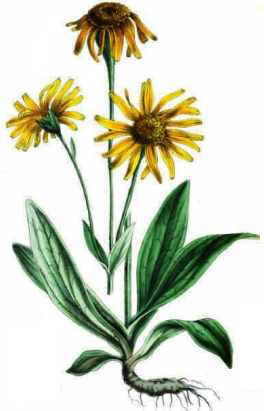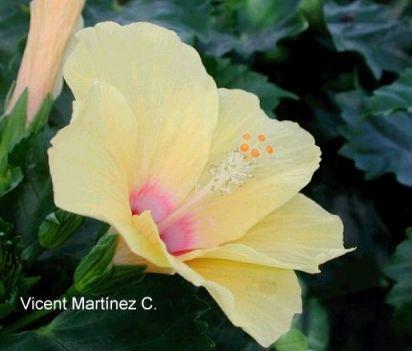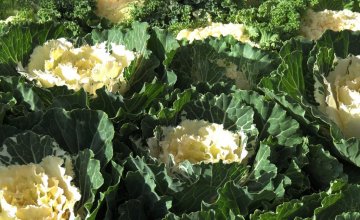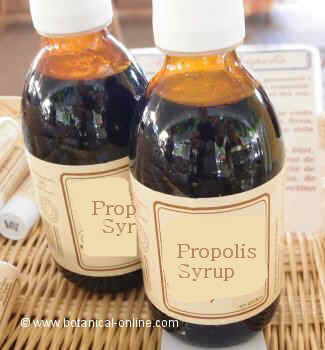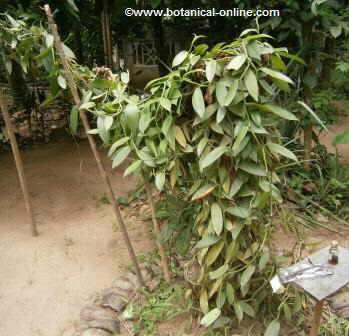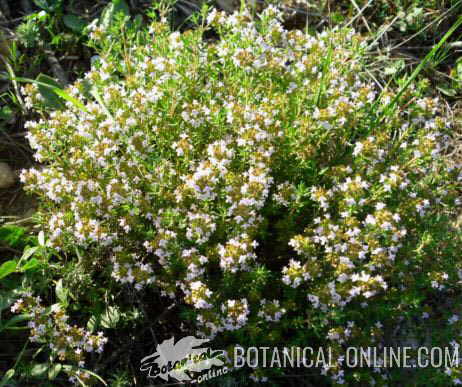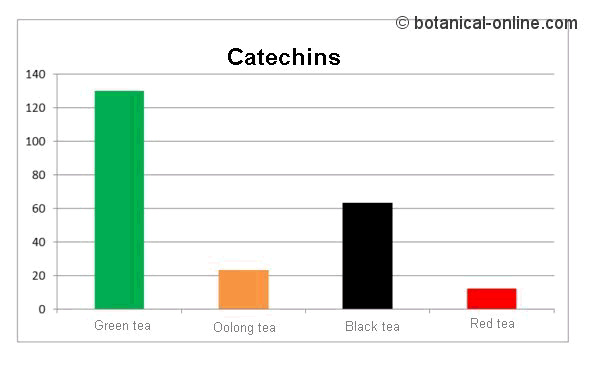Contents
- 1 HOW TO GROW VIOLETS
- 1.1 What are violets?
- 1.2 Characteristics of violets
- 1.3 Flowering of the violets: When do these plants bloom?
- 1.4 Irrigation and humidity of violets
- 1.5 Violets: Utilization and varieties
- 1.6 How to plant violets in the garden
- 1.7 Indoor violets
- 1.8 Temperature and exposure for the cultivation of violets
- 1.9 Reproduction of violets
- 1.10 Care, types of soil and fertilizer for the cultivation of violets
HOW TO GROW VIOLETS
What are violets?
Violets are perennial or vivaceous plants that are grown in the garden for ornamental, medicinal or edible purposes.
These plants, generally small in size, are very decorative for their flowers, which can be of a wide variety of colors, depending on the type: red, yellow, violet, orange, white, … In recent years, these flowers are being used in haute cuisine to decorate dishes.
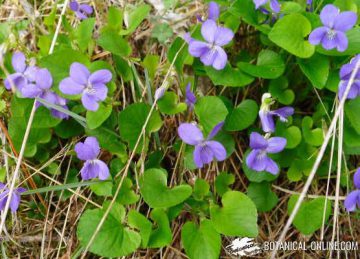
In addition to the violet that is known as a medicinal plant (Viola odorata), there are many other types of violets and congeneric plants. All of them have a similar flower, but they are clearly differentiated by the shape of the leaves and by the color of the flowers.
- Among the violets that can be found in gardening, one of the best known are pansies.
Next, we will see how to plant the violets in pots, and how to transplant them and take care of them according to their needs of water, nutrients and sunlight.
Characteristics of violets
These are perennial or vivaceous plants of the violet family (Violaceae) that can vary from 5 cm in height to 50 cm. Violet, white or yellow flowers with 5 petals. Leaves often heart-shaped.
There are approximately 500 species of violets that are found mainly in all the temperate regions of North America, Asia and Europe. Some species are found in the colder areas of Canada or Iceland.
Flowering of the violets: When do these plants bloom?
With suitable temperatures, violets can produce flowers throughout practically the whole year, except when it is very hot or in periods of frosts or persistent rain.
Irrigation and humidity of violets
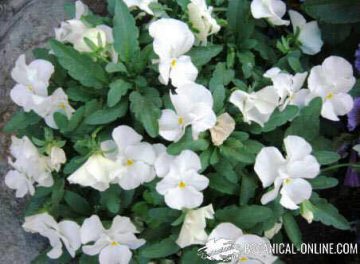
- Violets need to always have a moist substrate. However we must avoid water stagnation which would produce root rot and the appearance of rust.
- In summer and in very dry climates, it should be observed that they always maintain the necessary humidity. This humidity must remain constant during the growing season.
- When the weather is cold or frost, watering should be spaced. It will only be watered once every two weeks or less in case of frost.
Violets: Utilization and varieties
Violets are grown mainly for their flowers. They are considered outdoor plant, although they can be grown indoors, in pots.
they do not benefit from stagnant air and excessive heat. Heating also spoils them quickly.
How to plant violets in the garden
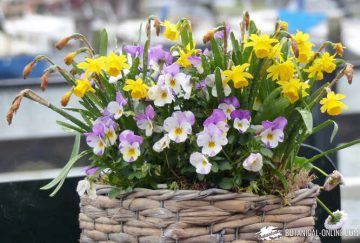
A violet is an ideal flower to decorate parterres and in planters or large containers. They are used in flowerbeds for their ability to self-reproduce, covering the soil perfectly. They are very decorative, especially pansies, for borders in large gardens.
One way to use them very well is to combine them with roses, since they decorate the ground on which the stems of the same settle and their colors contrast with those of the rose. They can also be combined with tulips, daffodils or grape hyacinths, as they are plants that require similar care.
They can be planted under the trees as ground plants although, in this case, it is best to do it under the deciduous trees so that they can take advantage of the sun and light during winter and spring. Some of these plants have very outstanding fragrances that can be used to aromatize the garden.
Indoor violets
As mentioned, violets do not grow well indoors. If you prefer to use violets for indoors, you must use two species of plants that do not belong to the same family but are also commonly known as violets:
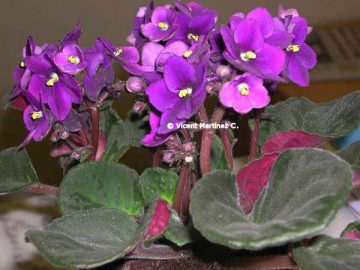
- African violet or Saintpaulia (Saintpaulia ionantha): Plant widely used in gardening, if you look at the flowers and leaves, it is clearly not a violet, but it has the same size and there are many varieties and very showy colors, which makes use with the same decorative purposes. It belongs to the Gesneriaceae family and comes from Africa.
- Persian violet (Exacum affine): It is actually a plant of the gentian family (Gentianaceae). It has a very small size, reaches a maximum of 30 cm in height and is very ramified from the base, acquiring a rounded shape.
Temperature and exposure for the cultivation of violets
- In temperate climates it should be left outside in semi-shade or shade. It can be exposed to the sun in spring, but summer sun spoils it.
- In cold climates during the winter it should be stored in a cold greenhouse or in a window eave with sunny exposure. It admits the possibility of being cultivated in mountain areas, taking into account that it will not flower in cold weather.
- Pansies can not stand cold as much as violets, and their time of flowering precedes them.
Reproduction of violets
Violets are very easy to reproduce because they reproduce themselves through seeds. Many violets reproduce by aerial roots that are born from the knots, extending along the terrain and carpeting it. If we want, we can also plant them (reproduce by division of rhizomes in spring or autumn).
When the flowering finishes, so that the plant grows again and produces flowers, the aerial part must be cut leaving some stems of about 8 cm. If you continue to leave the moist soil it will grow again the following year.
Care, types of soil and fertilizer for the cultivation of violets
They can be planted in any type of soil as long as it has a good drainage and does not remain waterlogged. If the land is fertile you do not need to use any type of fertilizer, although, to increase the flowering it will not be bad for them to use a little manure or garden soil.
It is also very easy to use solid fertilizer sticks that can keep the plant fertilized for 11 or 12 weeks.
* Related information: Violet pests and diseases / Types of violet / Characteristics of common violet
![]() More information on violet.
More information on violet.

